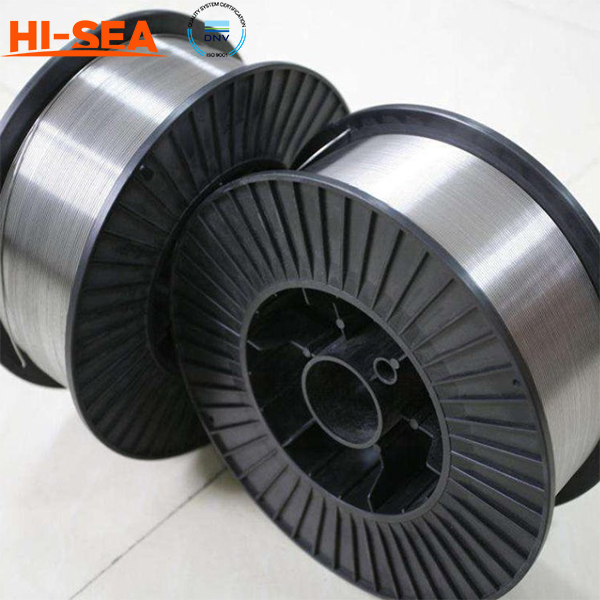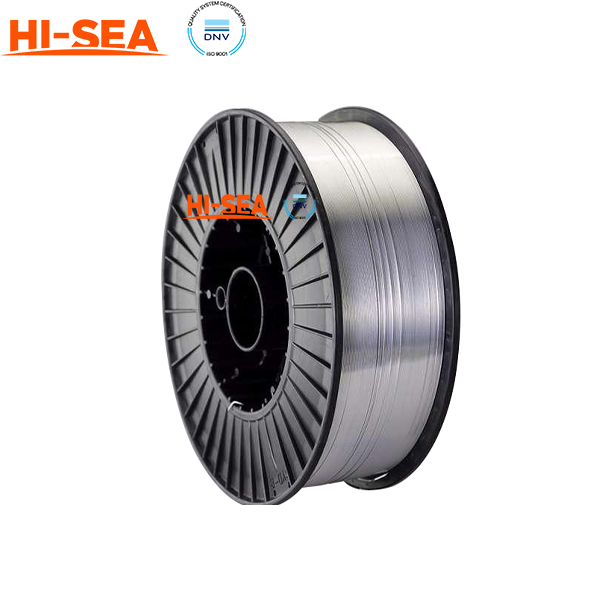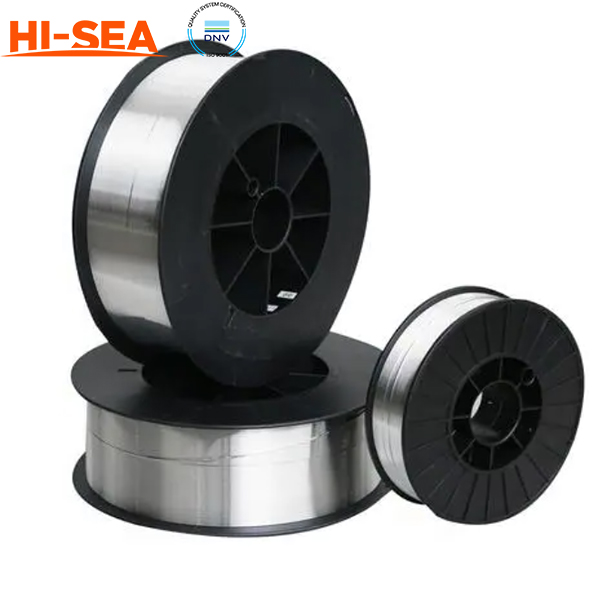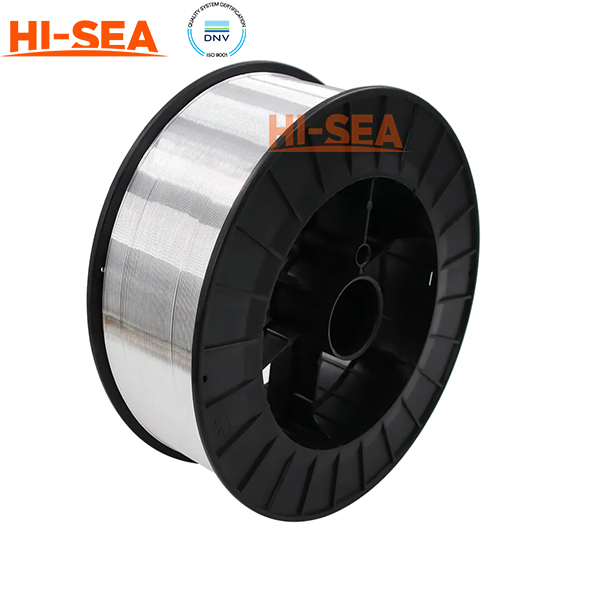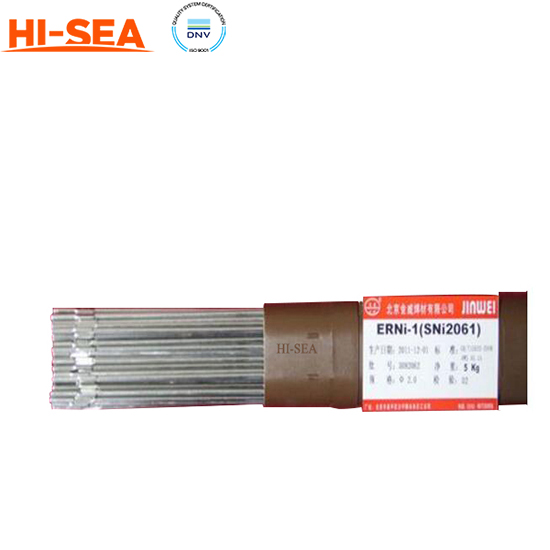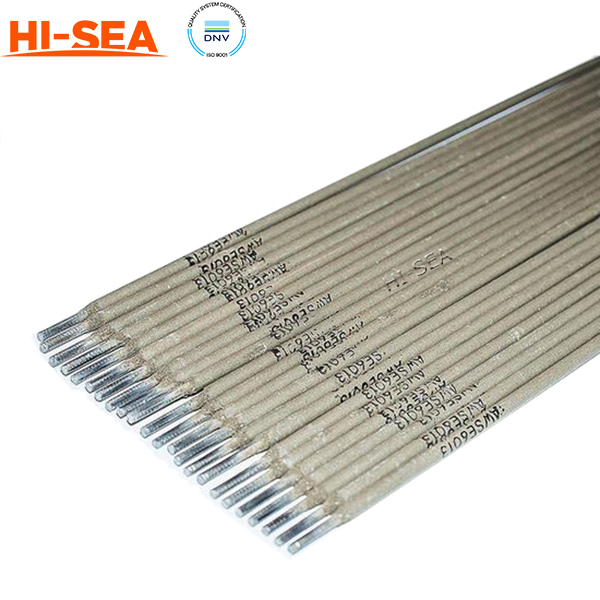MARINE & OFFSHORE EQUIPMENT
- Dredging Equipment
- Marine Deck Machinery
-
Marine Mooring Equipment
-
Marine Anchor
- AC-14 HHP Anchor
- Admiralty Anchor
- Beldt Stockless Anchor
- Bruce Anchor
- Spek Anchor
- Danforth HHP Anchor
- Delta High Holding Power Anchor
- GB11579-89 Light Weight Anchor
- Hall Anchor
- High Holding Power Mastrosov Anchor
- Hot Dip Galvanized Anchor
- Japan Stock Anchor
- JIS Stockless Anchor
- Pool Anchor
- Single Fluke Anchor
- Stainless Steel Anchor
- Stevpris MK5 Anchor
- Stingray Anchor
- US Navy Stockless Anchor
-
Marine Anchor Chain
-
Marine Shackle
- Kenter Shackle
- D Type Joining Shackle
- Pear Shaped Shackle
- Anchor Swivel Shackle Type A
- Anchor Swivel Shackle Type B
- Buoy Shackle Type A
- Buoy Shackle Type B
- C Type Detachable Connecting Link
- D Shackle
- Forelock Shackle
- Anchor Chain Swivel Group
- Straight Shackle
- Anchor Shackle
- Marine Triangle Plate
- Anchor Chain Swivel
- Anchor Chain Joining Shackle
- Anchor Chain End Shackle
- Slim Kenter Shackle
-
Chain Chaser
-
Marine Bollard
-
Marine Chock
-
Marine Fairlead
-
Marine Chain Stopper
-
Marine Mooring Reel
-
Marine Towing Bracket
-
Mooring Rope
-
Marine Towing Hook
-
Marine Shark Jaw
- Marine Fender
-
Marine Buoy
- Marine Floating Pontoon Dock
-
Marine Anchor
- Aquaculture Equipment
- Marine Outfitting Equipment
- Marine Propulsion System
-
Marine Painting
-
Marine Auxiliary Machinery
- Marine Air Compressor
- Marine Air Receiver
- Marine Sewage Treatment Plant
-
Marine Diesel Generator Set
- Marine Oil Water Separator
- Ballast Water Management System
- Marine Hydrophore
- Marine Calorifier
- Seawater Desalination Plant
-
Marine Oil Separator
- Marine Fuel Oil Supply Unit
- Marine Heat Exchanger
-
Marine Hot Well Unit
-
Marine Incinerator
-
Marine Boiler
-
Marine Valve
- JIS Marine Valve
- DIN Marine Valve
- ANSI Marine Valve
- GB Marine Valve
- CB Marine Valve
- CBM Marine Valve
-
Marine Gate Valve
-
Marine Globe Valve
-
Marine Angle Globe Valve
-
Marine SDNR Valve
-
Marine Angle SDNR Valve
-
Marine Check Valve
-
Marine Storm Valve
-
Marine Butterfly Valve
-
Marine Quick Closing Valve
-
Marine Fire Valve
-
Marine Self Closing Valve
- Marine Valve Accessories
-
Marine Pump
- Marine Centrifugal Pump
- Marine Screw Pump
-
Marine Gear Pump
-
Marine Vortex Pump
-
Marine Ejector Pump
-
Marine Diaphragm Pump
-
Marine Piston Pump
-
Marine Fire Pump
-
Marine Emergency Fire Pump
-
Marine External Fire Pump
-
Marine Ballast Water Pump
-
Marine Fuel Pump
-
Marine Lubricating Oil Pump
-
Marine Bilge Pump
-
Marine Sewage Pump
-
Marine Domestic Water Pump
-
Marine General Pump
-
Marine Cargo Oil Pump
-
Marine Hand Pump
- Marine Pump Parts
- Marine Life-saving Equipment
- Fire-fighting Equipment
- Marine Cable
- Marine Electrical Equipment
- Marine HVAC
-
Labour Protection Appliance
- Marine Decorative Material
-
Marine Anode
- Marine Pipe Fitting & Flange
- Marine Instrument
- Ship Building Equipment
INDUSTRY EQUIPMENT
- Hoisting Equipment
- Welding Machine & Material
-
Cutting Machine
- Container Securing Fitting
- Link Chain
- Container & Storage Equipment
-
Diesel Generator Set
- Other Equipment and Tools
- Petrochemical Equipment
- Fiber Reinforced Plastics
- Polymer Materials
- Environmental Protection Series
- Geo-products and Building Materials
- Metal Mesh
- Steel Grating
-
Earthwork Teeth
-
Turnbuckle
STOCK LIST
Contacts
 Tel:+86-23-67956606
Tel:+86-23-67956606
 FAX:+86-23-67956622
FAX:+86-23-67956622
 Email:manager@cqhisea.com
Email:manager@cqhisea.com
Working Time: 9:00--17:00
Working Day: Monday to Friday Website: www.cqhisea.com

DIN EN ISO 18273 Aluminum Alloy Welding Wire
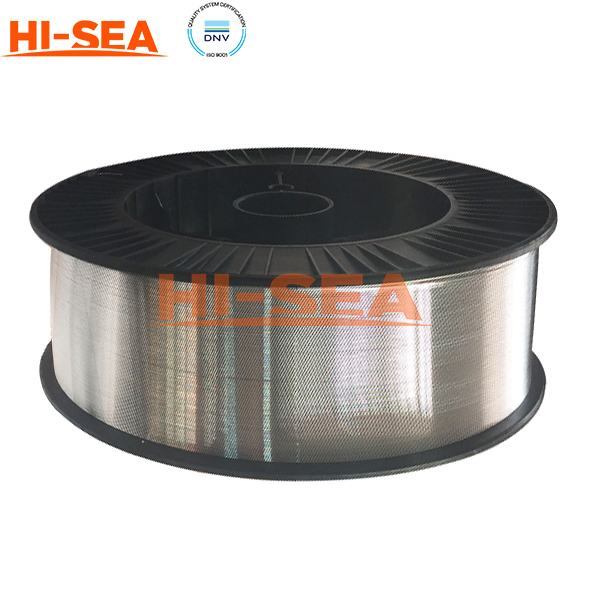
DIN EN ISO 18273 Aluminum Alloy Welding Wire
Introduction:
Aluminum alloy welding wire is a specialized consumable used in welding processes to join aluminum and its alloys. Aluminum alloys are commonly employed in various industries due to their lightweight, corrosion resistance, and favorable strength-to-weight ratio. Welding wires play a crucial role in creating strong and reliable joints between aluminum components.
Functions:
Conductivity: Aluminum is an excellent conductor of heat and electricity. The welding wire must maintain this property to ensure efficient heat transfer during the welding process.
Compatibility: The welding wire should be compatible with the specific aluminum alloy being welded. Different aluminum alloys have varying compositions, which can affect their mechanical properties and weldability. The welding wire's composition should match or be suitable for the alloy being welded.
Fusion: Aluminum welding wire is used to create a fusion between the base metals being joined. The welding wire melts along with the base metals to form a strong and continuous weld joint.
Filler Material: Aluminum welding wire acts as a filler material that is melted to fill the joint between two base metals. It adds material to the joint and helps create a strong and structurally sound weld.
Corrosion Resistance: Aluminum and its alloys are known for their corrosion resistance. The welding wire should ideally have similar corrosion resistance properties to maintain the overall integrity of the joint and the welded structure.
Mechanical Properties: The mechanical properties of the weld, such as strength, ductility, and toughness, are influenced by the choice of welding wire. The wire should be selected to achieve the desired mechanical characteristics in the final welded joint.
Ease of Use: Aluminum welding wire should be designed for easy feeding through welding equipment, ensuring smooth and consistent wire feeding during the welding process. This enhances the welder's ability to control the process effectively.
Cleanliness and Purity: Contaminants such as dirt, grease, and oxides can adversely affect the quality of the weld. Welding wire is often manufactured to be clean and free from surface contaminants to promote successful welding.
Fume Emission: Welding aluminum can generate harmful fumes and gases. Some aluminum welding wires are formulated with specific additives to reduce fume emissions, making the welding process safer for the welder.
Post-Weld Appearance: The appearance of the weld bead and the overall finish of the welded joint can be affected by the choice of welding wire. Certain wires are designed to produce cleaner, more aesthetically pleasing welds.
Welding Process Compatibility: Aluminum welding can be performed using various processes, such as TIG (Tungsten Inert Gas), MIG (Metal Inert Gas), and others. Different types of welding wire are optimized for specific welding processes.
Alloy-Specific Considerations: Different aluminum alloys have unique characteristics, including thermal conductivity, melt point, and sensitivity to cracking. The welding wire should be selected to accommodate these specific traits.
Production Showing:
